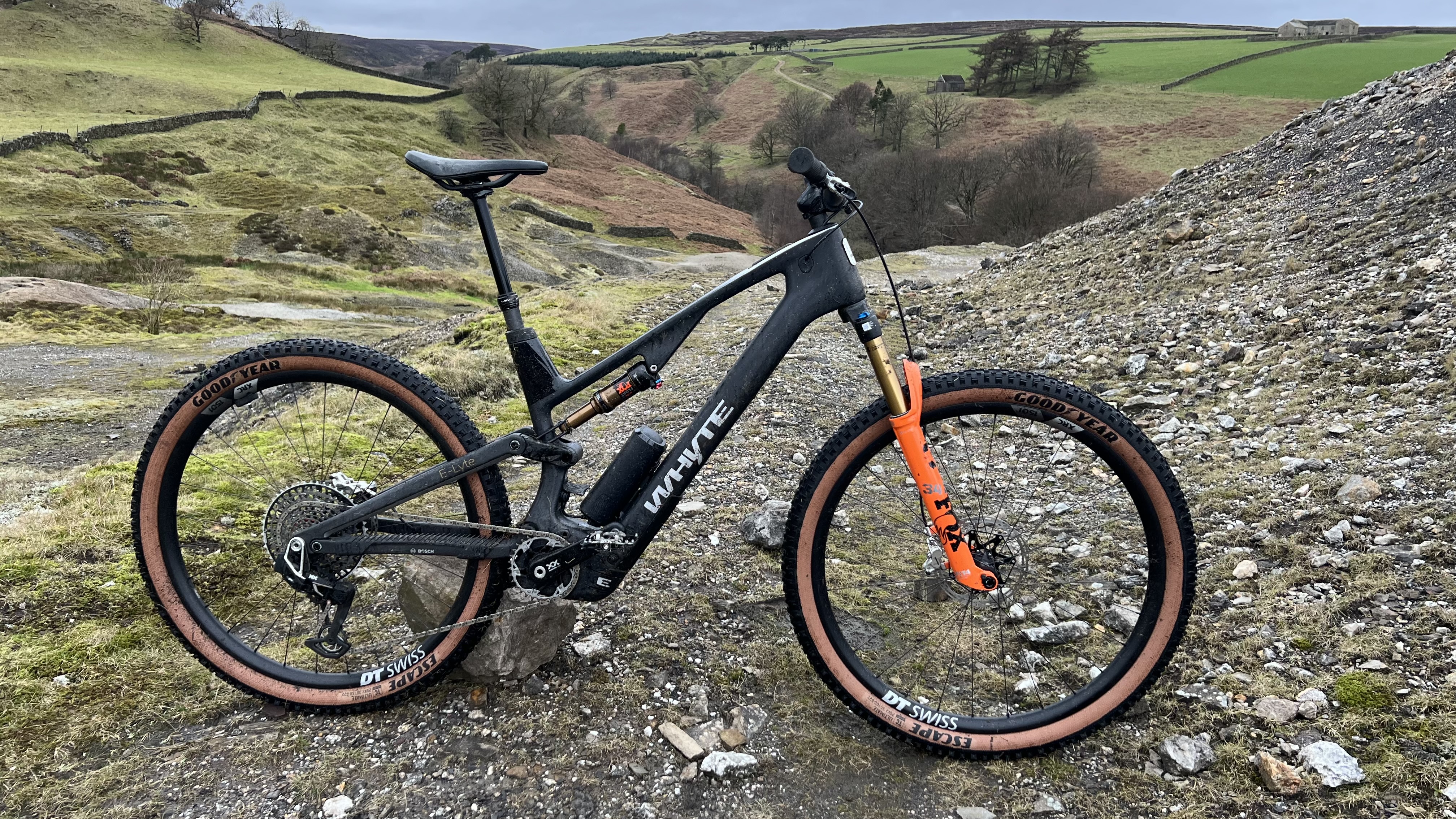
Whyte recently revealed its lightweight E-Lyte e-MTB range, which also seen the axe fall on most of its conventional bikes as the brand looks to take a more e-bike focus for 2024.
One of the new range is the Whyte E-Lyte 140 Works, and the renowned British brand has deliberately made its lightest, shortest travel e–MTB very different to most light and mid weight options. That means most trail/enduro riders might be better served with Whyte’s E–Lyte 150 semi-skimmed or E–160 full-fat bikes. However, if you’re into stand up sprinting on climbs, hunting hard on singletrack and making 100 km+ epic XC rides easier with some electric help, then this bike is brilliant. So how have Whyte made that happen and what do you need to watch out for when things get wild?
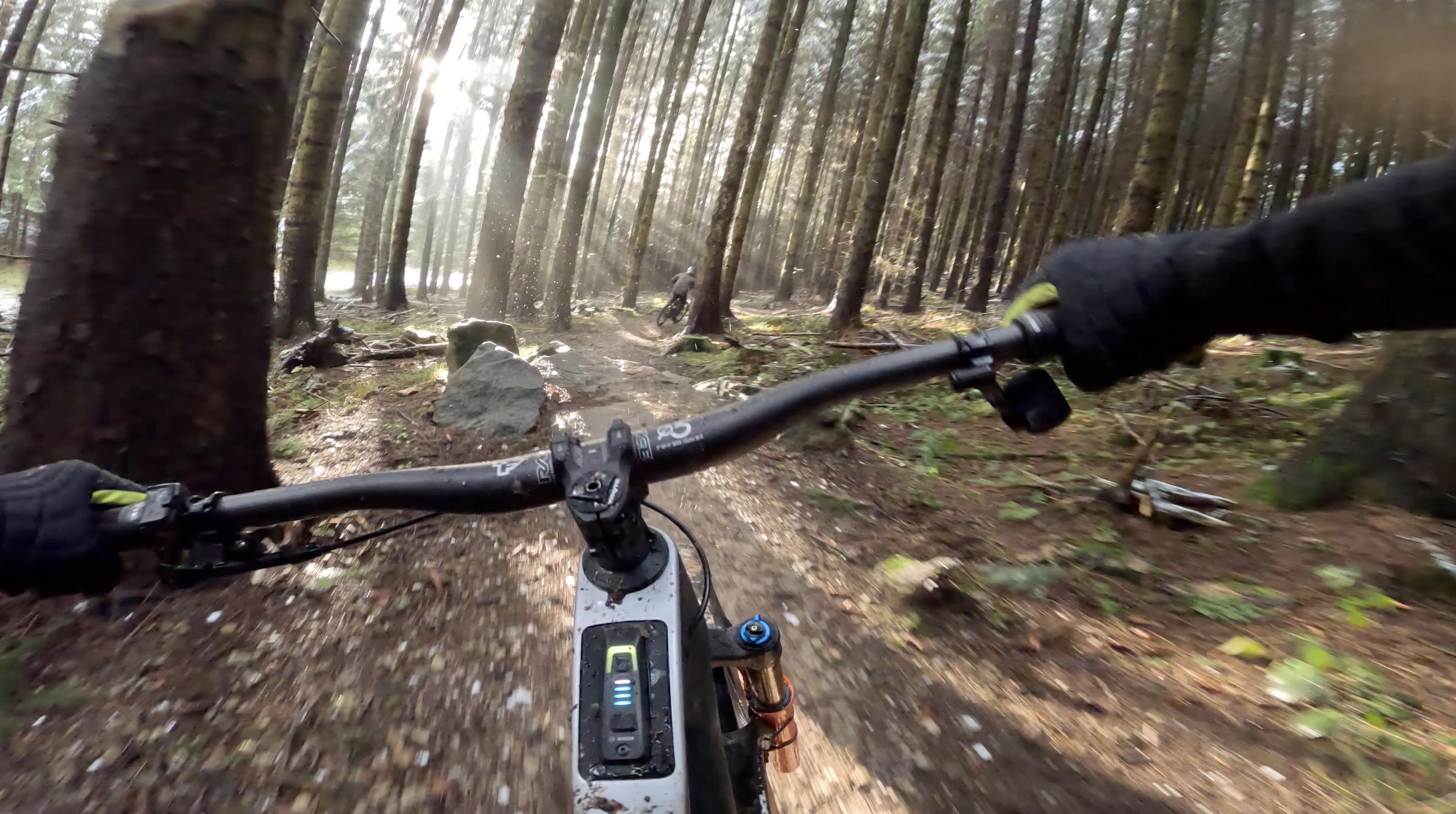
Design and geometry
The E–Lyte frame is a bespoke full carbon fiber construct built around Bosch’s new mid power Performance SX motor and a fixed position 'Compact Tube' 400Wh battery. The whole frame from head tube to rear stays is seriously oversized and strong enough to get an Enduro ready 'ASTM 4’ rating when used with tougher wheels on the E–Lyte 150 bikes.
While it’s 900g lighter than the ‘full fat’ CX motor, the SX is a similar size. But rather than rotating the motor to slide the main battery down in front of it they’ve kept it flat. That makes it more obtrusive compared to TQ, Fazua and Levo SL motors but it means the optional 250Wh PowerMore battery that comes ‘free’ with this works bike sits as low as possible. That also leaves downtube space for a compact 450ml bottle on a magnetic Fidlock mount, or a tube and tool wrap if you run a bottle rather than the Bosch PowerMore booster battery.
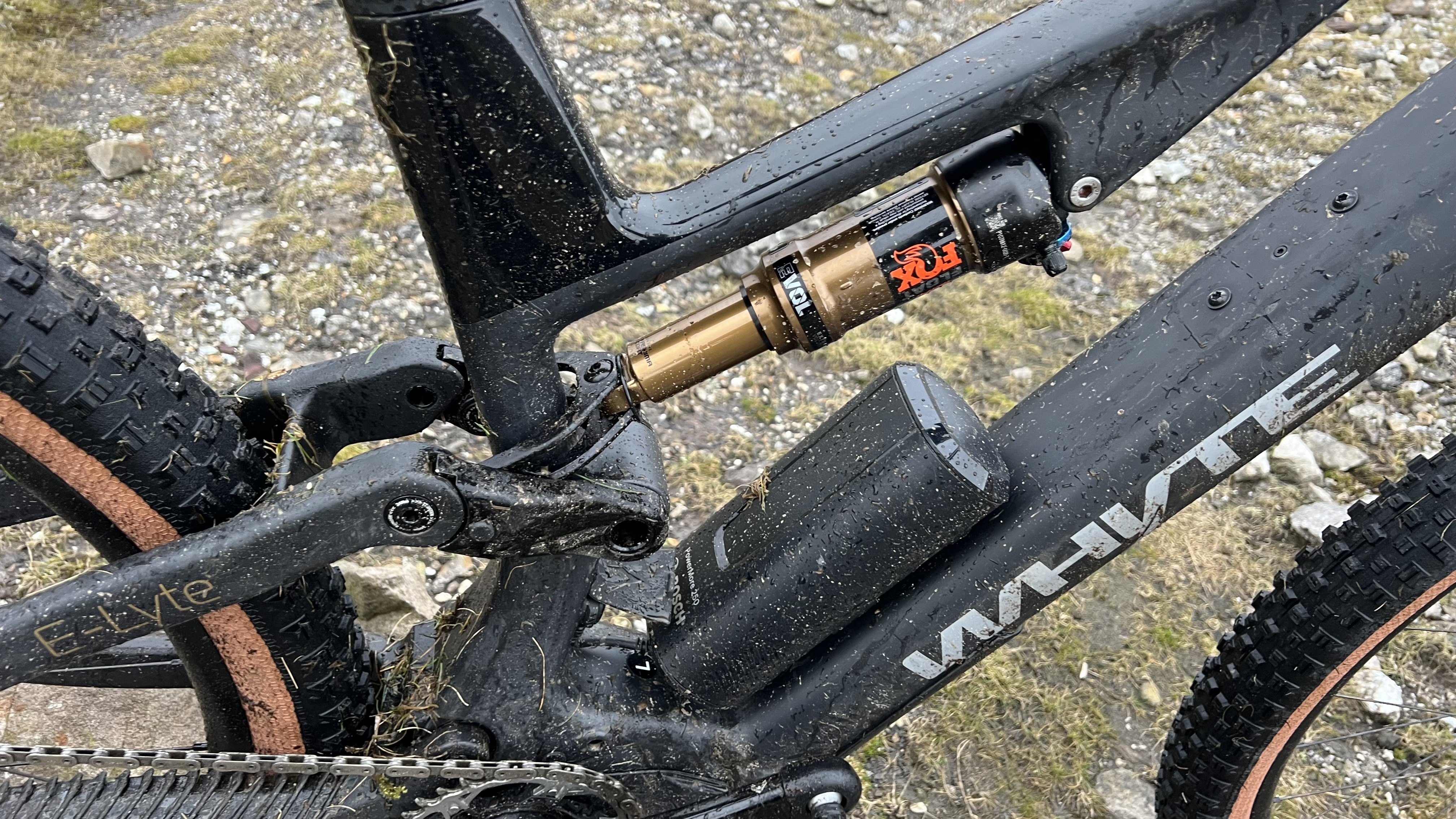
Whyte have sealed all the entry and exit points for cables, brake hoses and seat post with neat monogrammed plugs. There’s a custom rubber flap over the seat tube charging/booster battery port and another covering the main pivot/back of the motor area. There’s a ‘ribbed for quiet satisfaction’ chain stay protector, plastic armor under the belly. There’s also room for a 2.4-inch tire in sticky conditions and while my sample bike had steel shock bolts that went rusty over winter, production bikes will have shiny stainless pieces.
The shock under top tube, four bar suspension setup owes a lot to Whyte’s T-140 bike, but Whyte designer and multiple Enduro champ, Sam Shucksmith, told me they reduced anti-squat for a more sensitive shock feel when pedaling. The 47.5mm shock stroke gives 135mm of rear travel compared to the 50mm stroke on the 142mm travel ‘150’ bikes.
That also steepens the steering and seat angles by a degree, putting the head angle at 65.6 or 65 and seat angle at 77.6 or 77 – depending which way round you have the eccentric brass insert in the rear eye of the shock. Reach on the large is 485mm in the default high position with a 348mm BB and 450mm chainstay length. You can buy a ‘Shape It Link’ (Whyte's geometry adjuster) that slackens angles by a degree and drops BB height by 9mm if you want to get proper raked out and radical though. The top tube is steeply sloped, but the tall extension gives a 450mm seat tube length so a 185mm stroke post would have been the maximum I could have squeezed onto at 180cm tall on a large.

Components and build
The 140 Works is the dedicated XC/trail variant of the E–Lyte family and that’s clear in the build. The DT Swiss XRC1501 Spline wheelset uses tough, tight and superlight carbon rims. Goodyear Escape tires have been chosen for their speed and 800g per end weight.
You get full carbon SRAM XX cranks and an XX SL AXS rear mech. The KS Lev dropper seat post shaft and Fizik saddle rails are carbon too. Dimensions though are full size, with a 175mm drop on the seat post and 800mm width on the Race Face NEXT SL bar. SRAM Level Ultimate 4 pot brakes only get 180mm XC rotors front and rear, which can leave them overheated and overwhelmed on super steep descents.
Thankfully, the Fox 34 fork is a lot more assured in structural feel than it used to be, but you do get the lighter, tighter damped FIT4 XC version rather than the smoother GRIP2 trail model. Both fork and Fox Float rear shock get low speed compression micro adjust in the open mode as well as a lockout mode, but I never actually used it on either of them.

Ride, handling and performance
That’s because the E–Lyte 140 Works baseline is blatantly blisteringly quick and efficient even in open mode. Throw a look at the shock and you can see some movement when pedaling and it’s sensitive over small stuff at slower speeds, but the overall feel is seriously tight and taut. That’s a combination of the FIT4 damper on the fork and relatively stiff tires on very stiff wheels, which can get uncomfortable over faster chatter roots and rocks once you’re several hours into an epic. This can shake the already precarious grip of the small side knobs on the Escape tire loose earlier than a more compliant setup would. Those big oversized frame tubes obviously play a part in the stiff and precise feel of the bike too. The 150 RSX with RockShox forks, bigger Maxxis tires and Textreme damped carbon rims is much more forgiving though which means it’s not the chassis that’s harsh.
The payback for a bit of chatter, slip and skim when you’re pushing hard on more challenging terrain is shockingly easy speed in terms of tire roll and amped up acceleration from the XC wheels and overall low weight. Even with 165mm cranks and the suspension in open mode, the stiff frame and bar encourage you to hustle hard in or out of the saddle.

Crucially the Bosch SX motor is totally up for that too. While TQ and Levo SL motors don’t have the raw wattage to match a serious muscle up attack and leave you hanging rather than hammering, the SX puts a hefty 600W shoulder into your sprint. It’ll do it from low down the rev range too, although as it’s designed to encourage efficient riding over ego raging, the higher the cadence, the more it’ll assist. There’s basically zero extra drag in the system when you push past the limiter on faster trails too. Obviously it’s harder without the motor in play, but it’s not the brick wall of extra drag and mass you get with full power motors and heavier/stickier bikes.
The only glitch I found was that when I was really getting active over the bars on a climb or heaving out of a hole, was that the remote controller next to the grip is so sensitive it’s really easy to turn the motor off accidentally. Even when that did happen it’s a lot easier to pedal than a full fat or just more aggro built bike that’s several kilos heavier. Thankfully, when I switched the rear wheel to add a grippier tire for an enduro session and accidentally forgot to transfer the rim magnet so the motor didn’t play, it wasn’t a disaster day, just a bit harder work than an analogue bike.
The slightly steeper, longer and lower geometry than the E–Lyte 150 bikes completes the racey, predatory ‘hunt and hustle’ ride vibe of the 140 Works. Like the best modern XC bikes it’s still centered, confident and controlled enough to push hard even on challenging descents. The low slung weight even with the extra battery in makes it super easy to flick from side in tight and twitchy situations but also stabilizes it when railing/drifting fast turns. In fact its ability to stick with the RSX on descents when ridden well was almost as surprising as the way it dropped it on climbs.
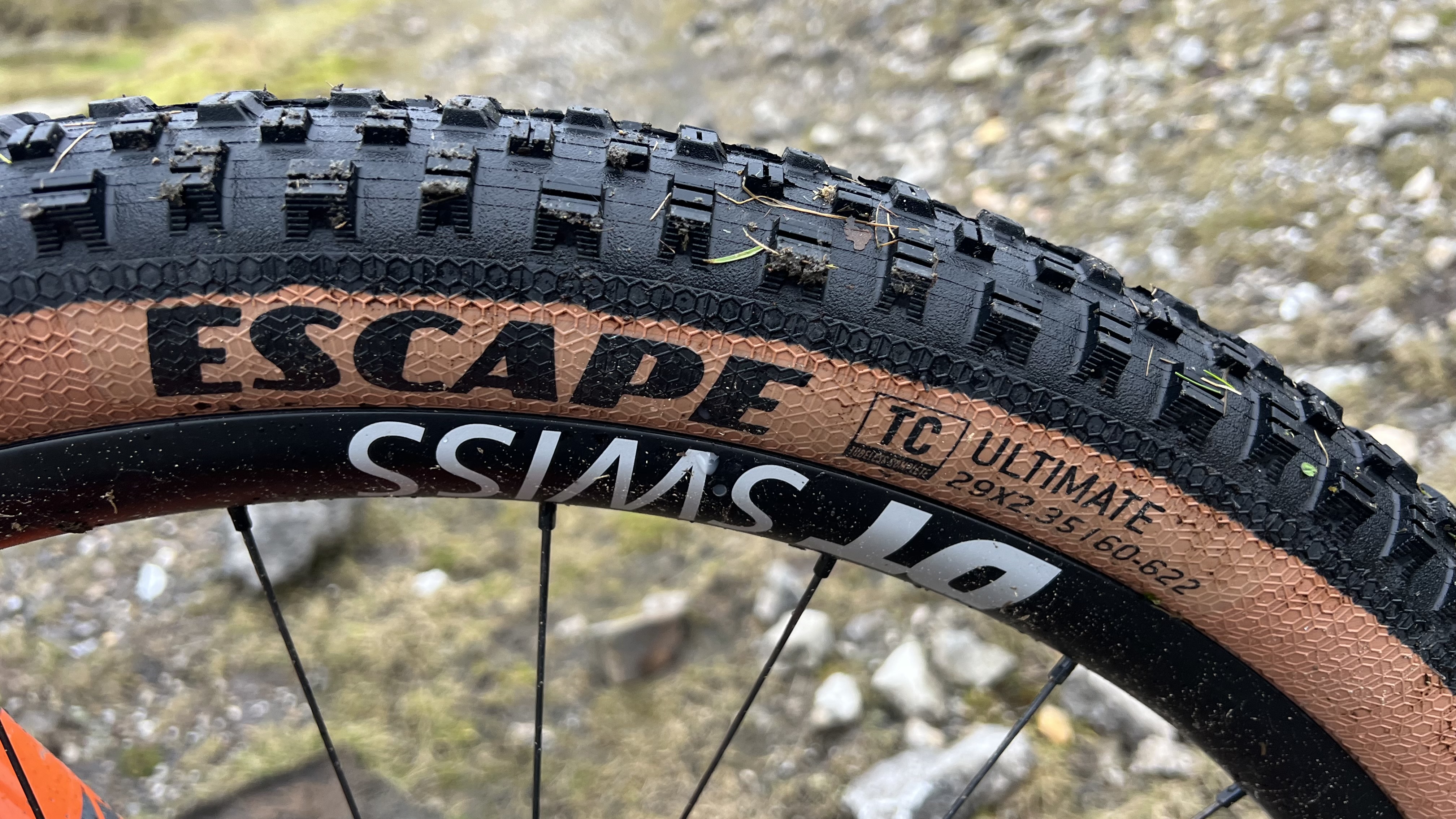
Verdict
The key to ‘getting’ the E–Lyte 140 Works is understanding the rider who it’s designed for. For most trail/all-round riders, Whyte’s grippier, longer travel E–Lyte 150 Works or RSX bikes are definitely the right choice. Riding the 140 Works and RSX back-to-back the difference in baseline speed is genuinely shocking, with the RSX needing to be run a mode higher to stand a chance of keeping pace. So if you want maximum speed, efficiency and distance for flat out blue/red trail center charging or far, fast backcountry epics, the E–Lyte 140 Works is the clear winner. The SX motor has the power to support stand up climb attacks on full fat e-MTBs but is light and efficient enough to take you triple figure distances even on tough, relentless pedal trails. The precision handling balance is excellent too – which helps you cope with the speed tires and XC brakes on sketchier terrain, while still being sharp enough to give me the ‘zoomies’ not the ‘zombies’ on the final descents of a 100 km+ trail center day.
Nothing is perfect though and while it’s already a lot heavier than claimed, (my large sample was a kilo more than the stated 16.4kg), I’d still trade the extra grams for the smoother GRIP2 version of the Fox 34 fork to add comfort and control. Bigger or just more supple tires would also make it more forgiving over chatter, and not being able to ditch the booster battery is an extra weight downer on longer lap missions. The simple top tube display can’t match the multi mode deck you get on a Specialized Levo SL or Trek EXe if you’re into live ride data either.
As ridiculous as it sounds to say that an 11k bike is excellent value, it does stack up really well against other super bikes such as that Levo SL. More importantly there are very few other lightweight e-MTBs that come with the proper ‘skimmed’ XC spec and vibe of the 140 Works, not a stickier, slower ‘semi skimmed’ setup. So if you’re a rider who reaches for a map rather than kneepads when planning their perfect ride, wants to ride local trails without feeling over-biked or dragged down, but still wants the confidence to be brave or make saves when things get spicy, then the 140 Works should be top of your list. And if it sounds a bit ‘too XC’, then keep your eyes peeled for the Whyte E–Lyte 150 RSX review I’ll be dropping shortly.
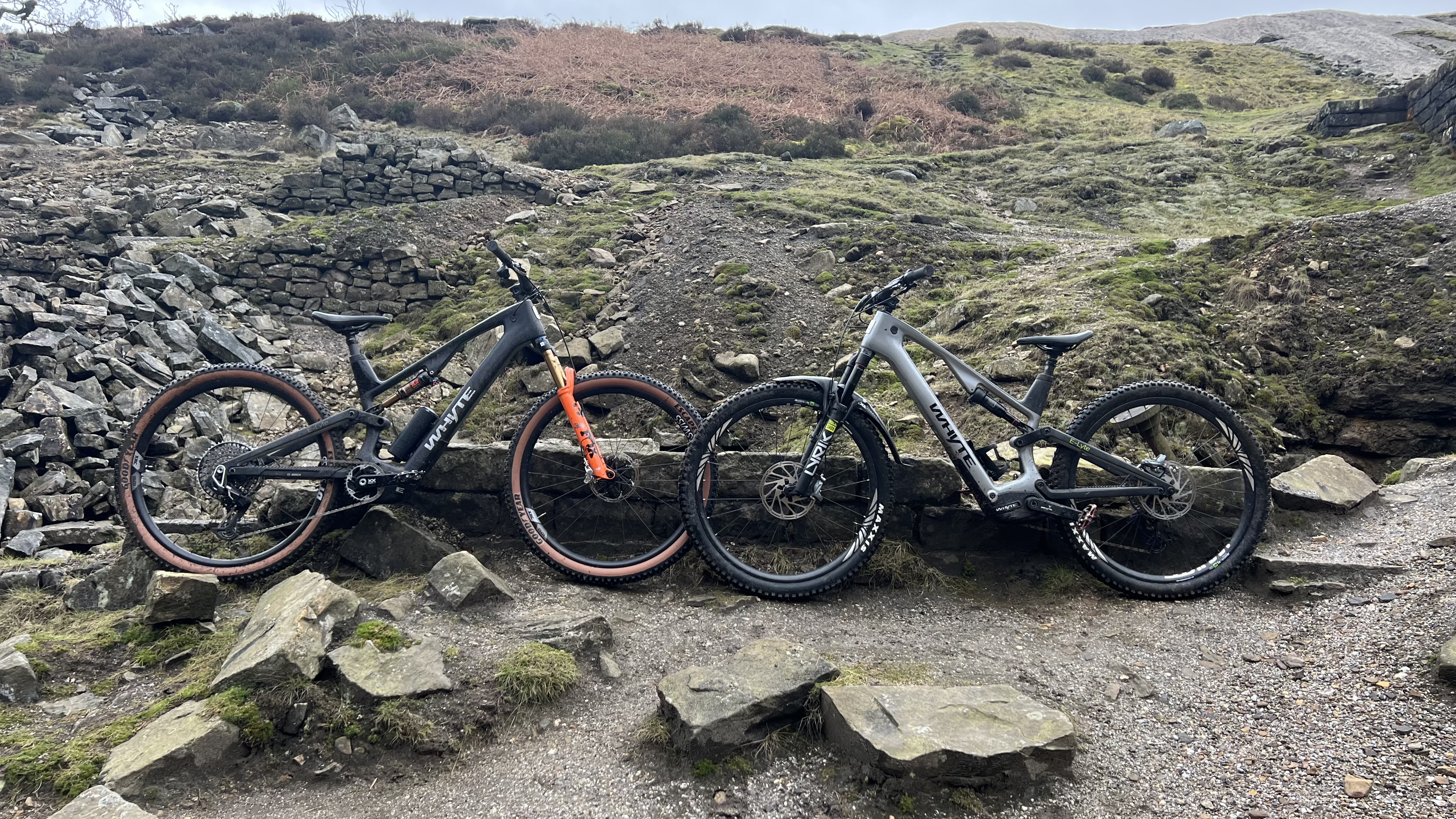
Test conditions
- Surface: Everything from tarmac and fire roads to loamy, rooty, wet rock off piste, sloppy mud, snow and trail centre gravel
- Trails: Road, gravel, blue, red and black trail centre runs (including a marathon mission at Dalby Forest), wild singletrack and off piste play trails
- Weather: Typical UK winter, cold, wet, occasionally snowy with rare glimpses of sun and some frozen hard pack
Tech spec: Whyte E-Lyte 140 Works
- Discipline: XC/Trail
- Price: $TBC / £10,999, / €TBC
- Head angle: 65 - 65.5º
- Frame material: Uni directional carbon fibre
- Fork: Fox 34 FIT4 Factory 140mm travel
- Shock: Fox Float Factory Evil LV 135mm travel
- Size: S, M, M/L, L (tested), XL
- Weight: 17.4kg
- Motor: Bosch Performance SX
- Battery: 400Wh internal plus Bosch ‘Powermore’ 250Wh auxiliary pack
- Chainset: SRAM XX e-MTB 165mm arms
- Rear mech: SRAM Eagle AXS XX SL, T-Type
- Shifter: SRAM Eagle AXS Pod
- Cassette: SRAM Eagle XX CS1275 12-speed 10-52T
- Brakes: SRAM Level Ultimate Stealth, 4-piston hydraulic disc brakes with 180mm rotors
- Tires: Goodyear Eagle Tubeless Tanwall 29x2.35in
- Wheels: DT Swiss XRC1501 Spline carbon rims on DT Swiss 240 e-MTB hubs
- Bar: Race Face NEXT R Carbon 800 x 35mm
- Stem: Whyte Trail 40 x 35mm
- Grips: Whyte Enduro Lock On
- Seat post: KS Lev Ci carbon shaft 175mm stroke dropper post
- Saddle: Terra Aidon X1 Carbon 145mm







